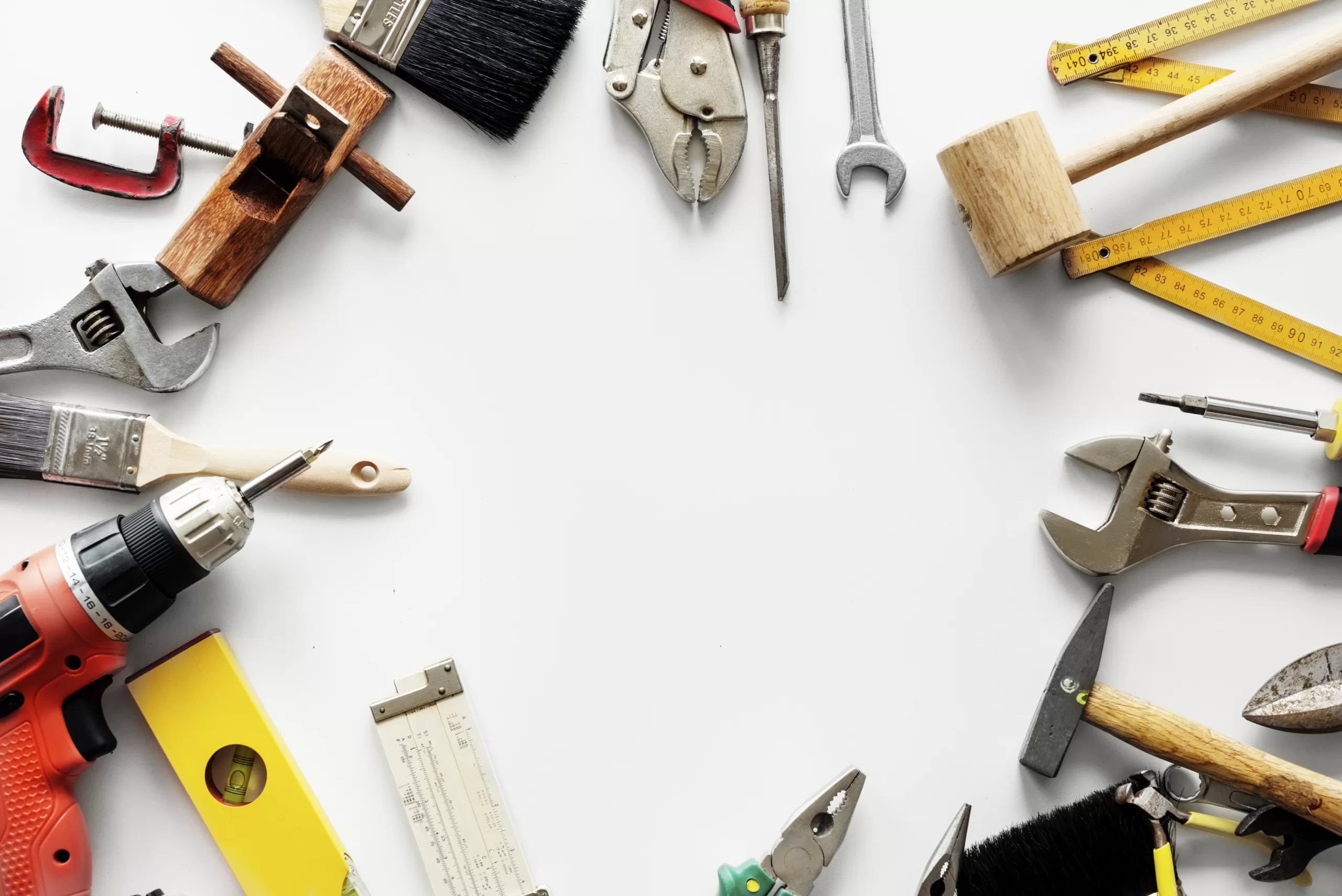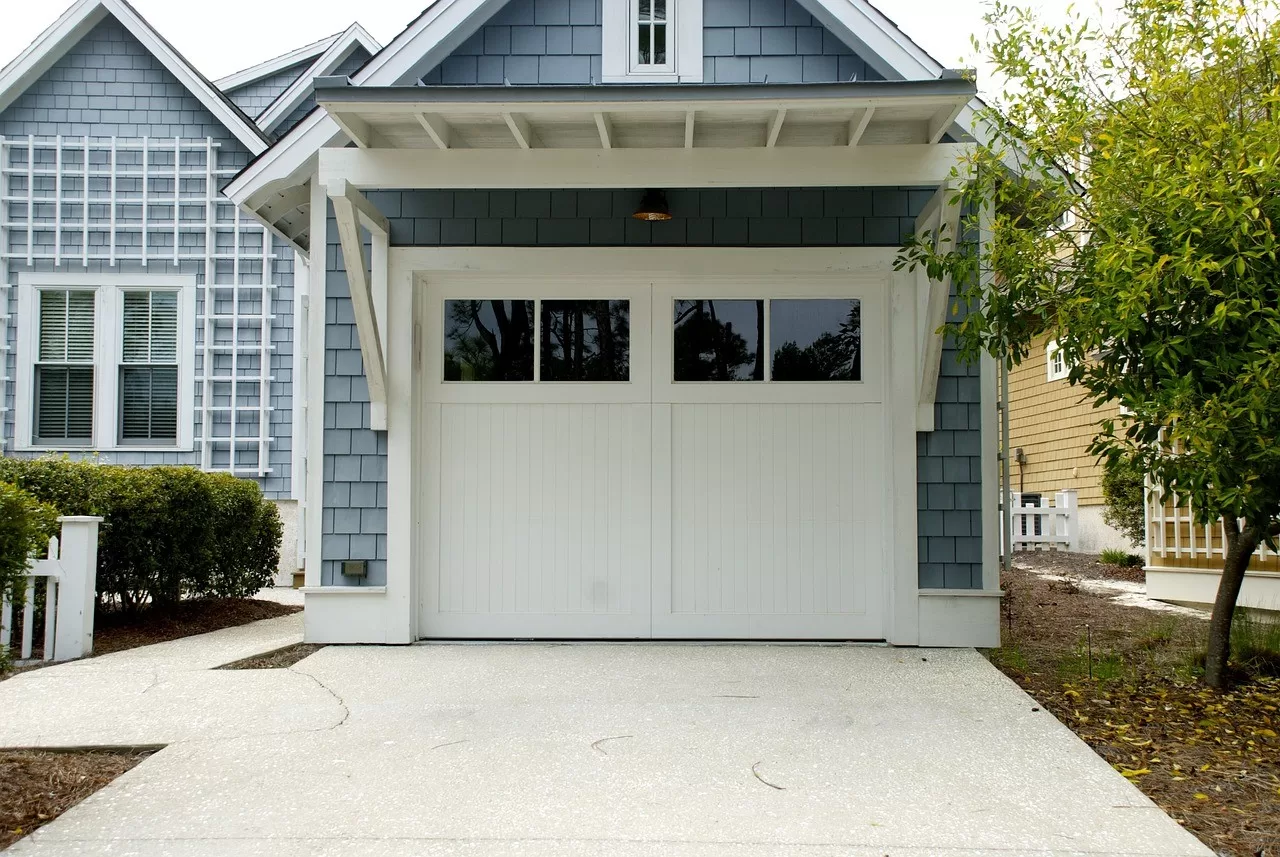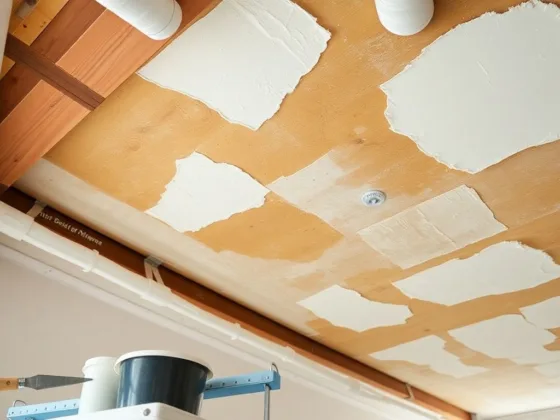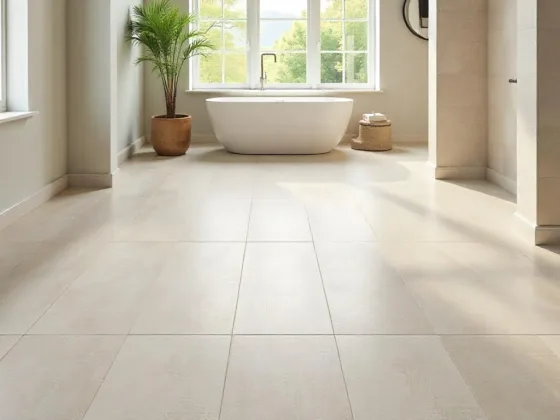
However, with the advent of innovative tools and techniques, home renovations can now be completed more efficiently and cost-effectively. In this article, we will explore some of the latest and greatest tools and techniques for efficient home renovations.
1. Design and Planning
The first step in any home renovation project is the design and planning phase. This is where you determine what changes you want to make to your home, create a plan of action, and visualize the end result.
In the past, this phase was often done using pen and paper, but now there are a variety of innovative tools available to make the process more efficient.
One such tool is virtual reality software. With VR, you can create a 3D model of your home and visualize different renovation options before making any physical changes.
This allows you to see what your home will look like after the renovations are complete, and make any necessary changes before starting the project. There are a variety of VR software options available, including SketchUp and Home Designer Suite.
Another tool that can be helpful during the design and planning phase is 3D modeling software. This allows you to create a digital model of your home, which can be used to experiment with different renovation options.
With 3D modeling software, you can easily make changes to your design and see the results in real-time. Some popular 3D modeling software options include Blender and Autodesk 3ds, Max.
Read Also:
2. Demolition and Removal
The next phase of home renovation is demolition and removal. This can be a messy and time-consuming process, but with the right tools and techniques, it can be completed more efficiently.
One innovative tool that can make demolition easier is a demolition hammer. These tools are designed to break through concrete, asphalt, and other tough materials. They can be used to break up floors, walls, and other structures quickly and efficiently.
Another tool that can be helpful during demolition is a jackhammer, which can be used to break up concrete and other hard materials.
Once the demolition is complete, you will need to remove the debris and waste from your home. This can be a time-consuming process, but with the right tools, it can be done more efficiently.
For example, a dumpster rental service can provide a large container for you to dispose of your waste. This can be a more cost-effective option than hiring a waste removal service, especially if you have a lot of waste to dispose of.
3. Framing and Structural Work
The framing and structural work phase of home renovation is where the bones of your renovation take shape. This phase is crucial for ensuring that your renovations are structurally sound and will last for years to come.
One innovative tool that can be helpful during this phase is a laser level. This tool, along with a truss analysis calculator, uses a laser beam to project a straight line across a surface, which can be used for accurate measurements and alignment.
Another tool that can be helpful during framing and structural work is a digital measuring tool, which can be used in conjunction with a truss analysis calculator to quickly and accurately measure distances and angles.
In addition to these tools, there are also a variety of innovative framing techniques that can save time and money. For example, pre-fabricated framing components can be used to speed up the framing process.
These components are manufactured off-site and then assembled on-site, reducing the amount of time and labor required for framing.
4. Electrical and Plumbing Work
The electrical and plumbing work phase of home renovation can be complex and requires a high level of skill and expertise. However, there are a variety of innovative tools and techniques that can make this phase more efficient.
One tool that can be helpful during electrical and plumbing work is a thermal imaging camera. This tool can be used to detect heat signatures, which can help locate leaks or other problems in your electrical or plumbing systems. This can save time and money by identifying issues early on before they become more serious and costly.
Another innovative tool that can be helpful during electrical and plumbing work is a pipe locator. This tool uses electromagnetic waves to locate pipes hidden behind walls or underground. This can save time and prevent damage to your home by accurately identifying the location of pipes before cutting into walls or floors.
5. Finishing Touches
The final phase of home renovation is the finishing touches. This is where you add the final details that make your renovation feel complete.
One innovative tool that can be helpful during this phase is a paint sprayer. This tool can be used to quickly and evenly apply paint to walls and other surfaces, saving time and producing a professional-looking finish.
Another tool that can be helpful during the finishing touches phase is a tile cutter, which can be used to quickly and accurately cut tiles for flooring, backsplashes, and other applications.
In addition to these tools, there are also a variety of innovative techniques that can be used to add finishing touches to your home renovation. For example, using reclaimed or repurposed materials can add character and uniqueness to your renovation, while also being environmentally friendly and cost-effective.
Conclusion
In conclusion, by incorporating innovative tools and techniques into your home renovation project, you can save time, money, and effort while achieving your desired results.
From the planning stage with virtual reality software and 3D modeling tools, to the demolition phase with demolition hammers and laser levels, and the finishing touches with paint sprayers and tile cutters, there are numerous tools available to help you achieve a successful renovation.
Additionally, using repurposed materials and incorporating unique design elements can add character and personality to your project. With the right tools and techniques, you can create a space that is not only functional and beautiful but also reflects your personal style and values.









